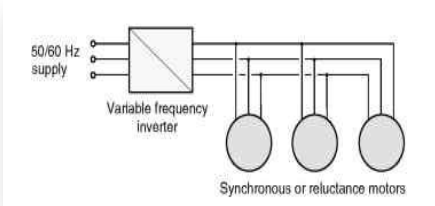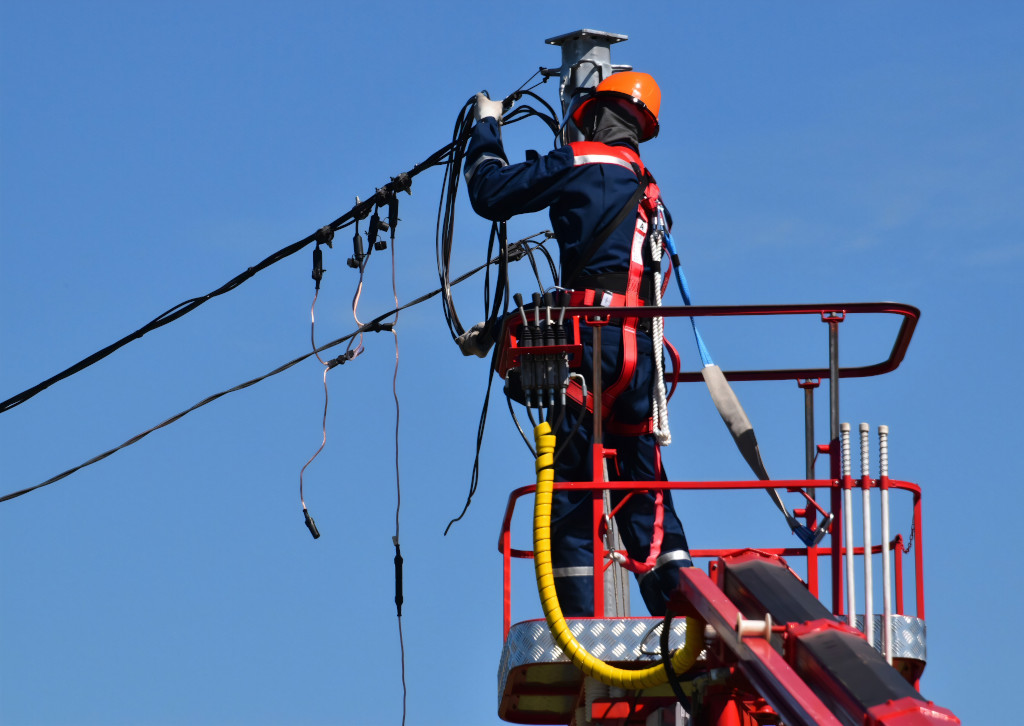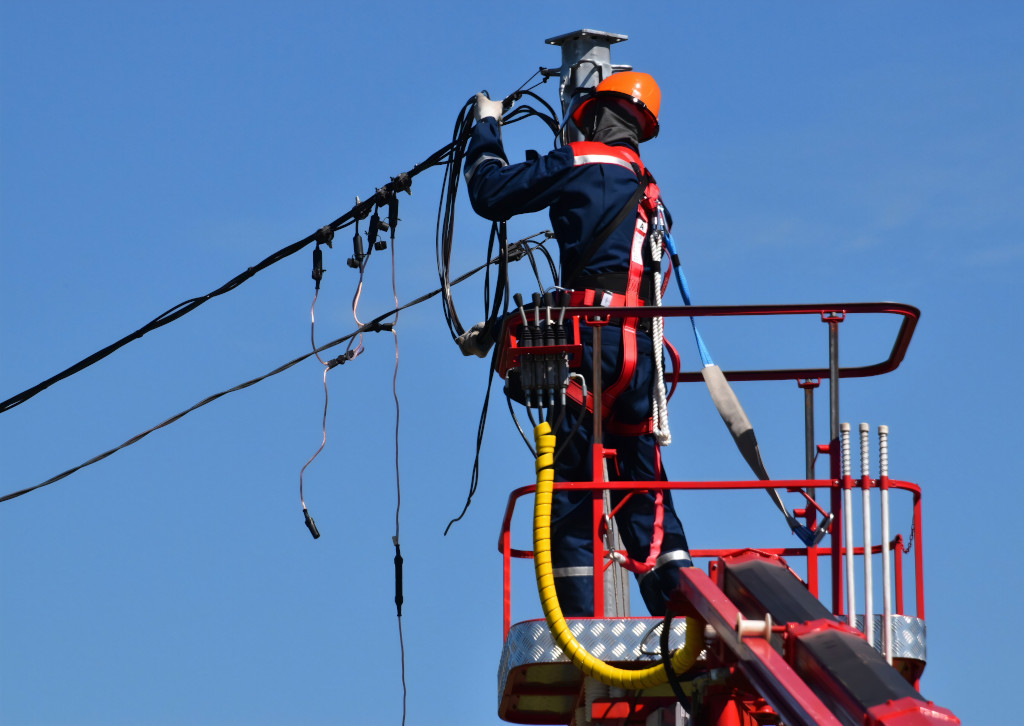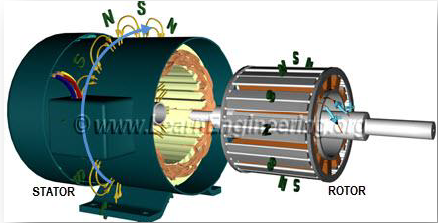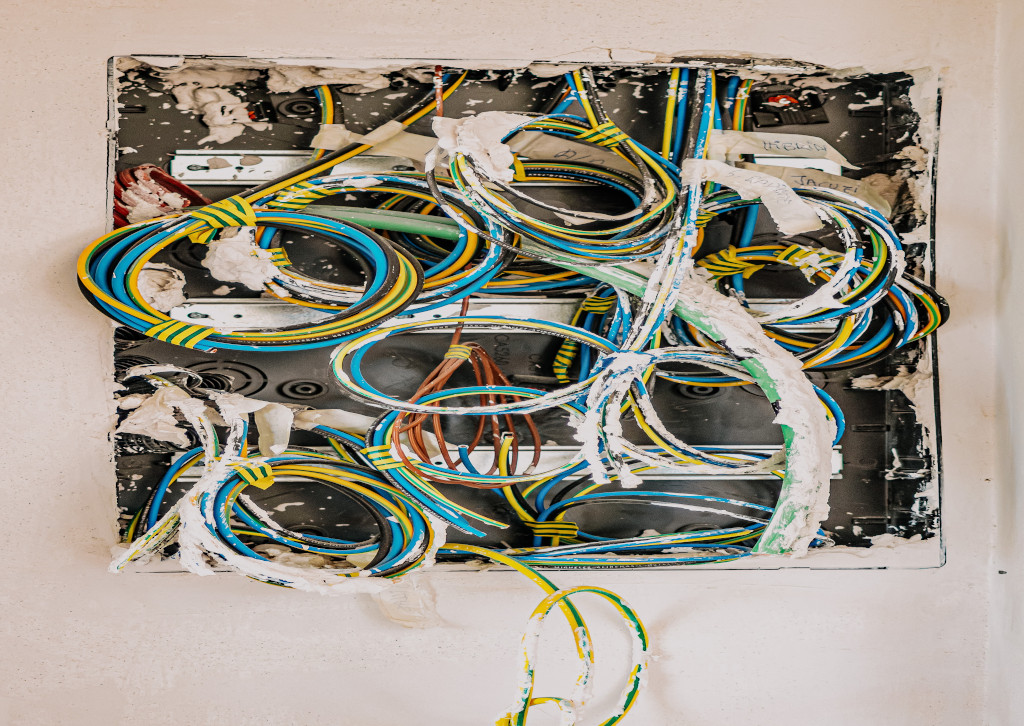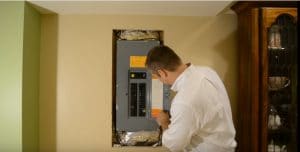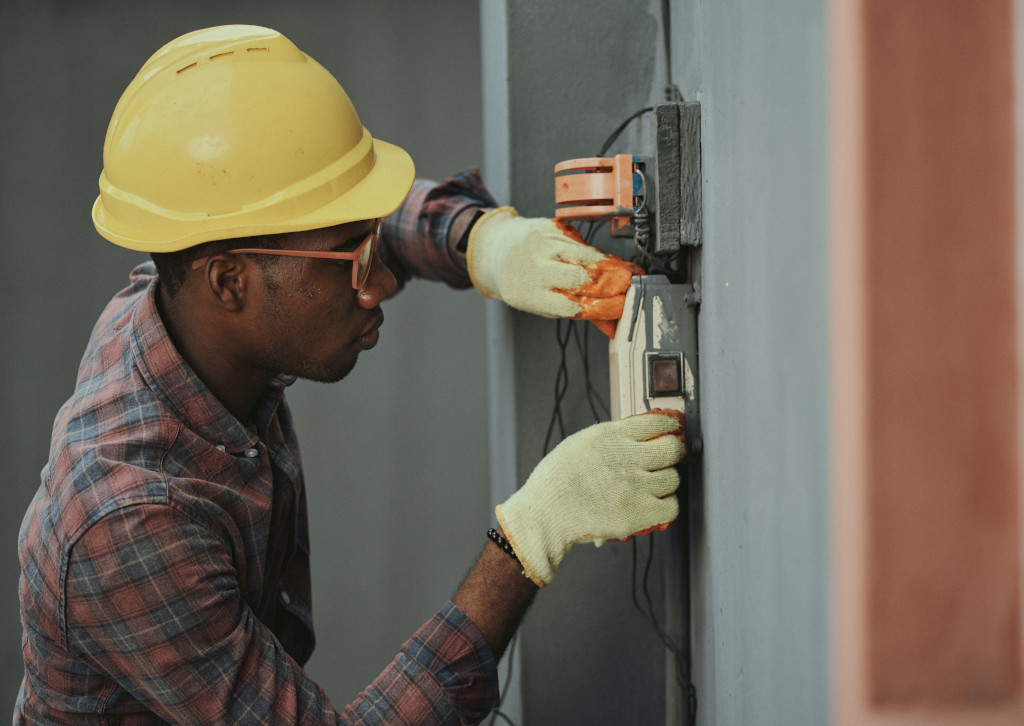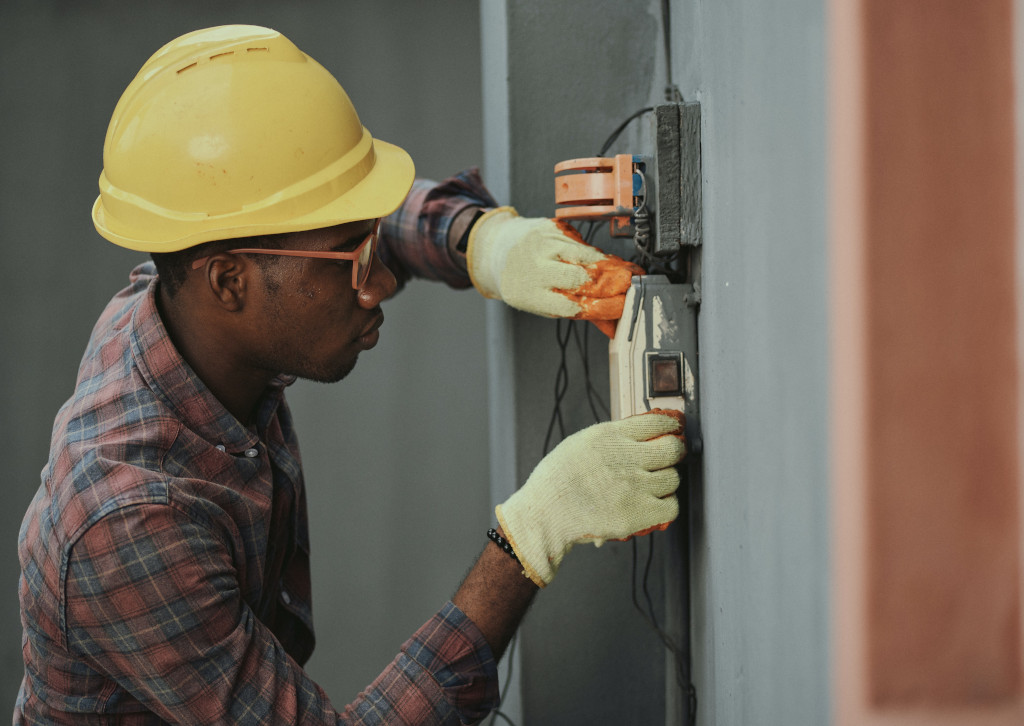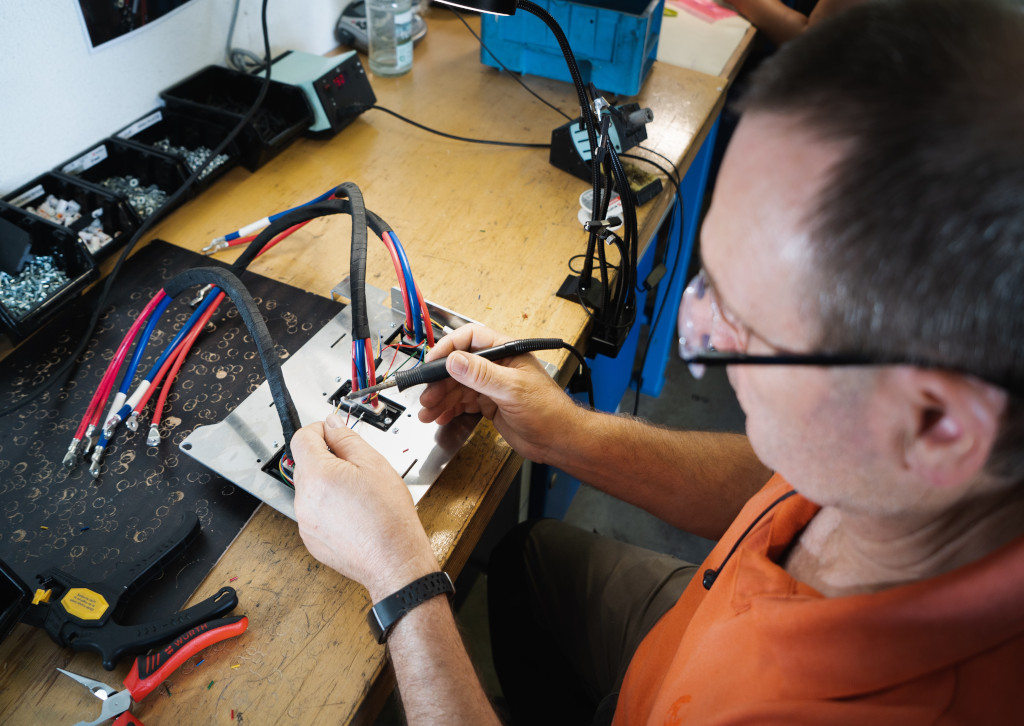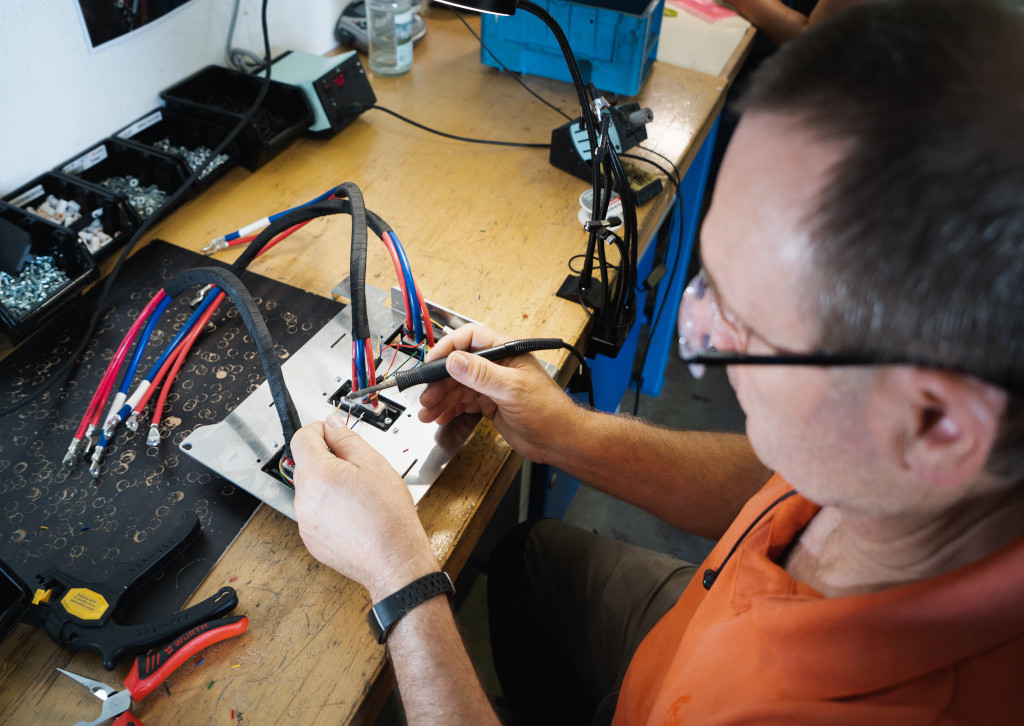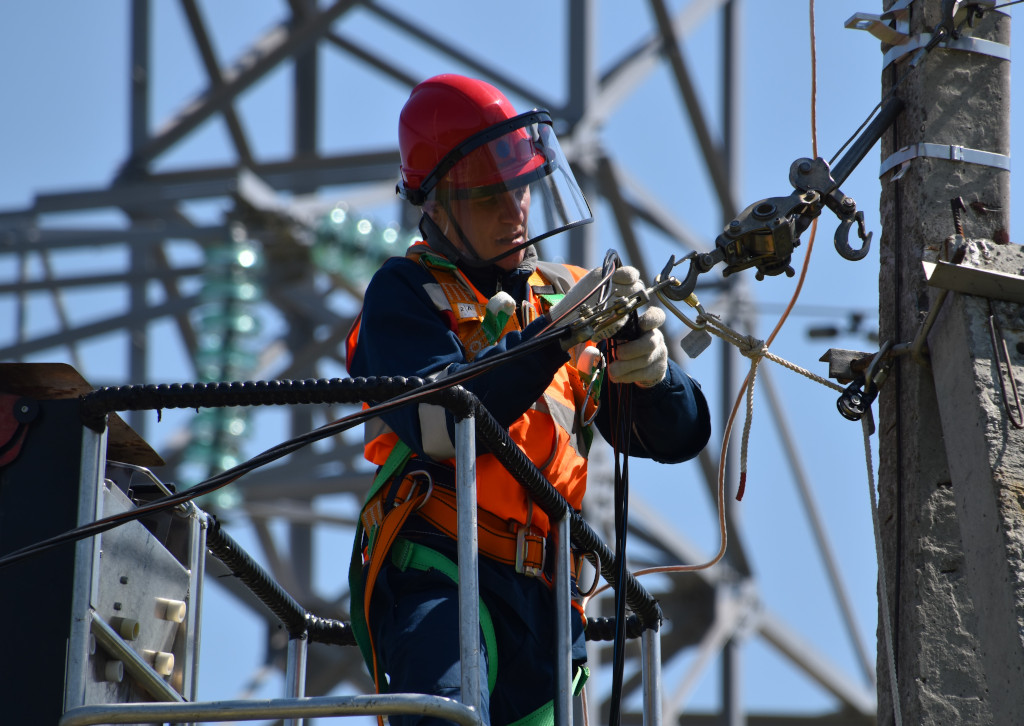
If I Remodel My Home, Do I Need an Electrical Upgrade too?
Tis the season for remodeling here in Northern Virginia. People are updating their kitchens, their bathrooms, their home offices, etc. with remodeling plans they’ve been dreaming about for a few years now. But with these remodels, these questions always come up:
Do I need an electrical upgrade during my remodel?Should I get an electrical upgrade at the same time, before, or after the remodel?
Good questions, the answers to which largely depend on the home and the remodeling projects being done. But the majority of the time, the answers are:
Yes, you probably need an electrical upgrade, and…It’s usually more cost effective and safer to do the electrical upgrade at the same time as the remodeling project.
Of course, your home or circumstance may be different, but more often than not, you’ll want to take an electrical upgrade into account if you’re doing any major remodeling project in your home, particularly when it comes to kitchens, bathrooms, home offices, entertainment rooms or additions.
Why Do I Need an Electrical Upgrade with My Remodeling Project?
If you live in an older home, like many families here in Northern Virginia, it’s possible your home has actually needed an electrical upgrade for awhile now, depending on when you last had it done. Not only have our electrical demands increased over the years, but the building codes dictating how electrical work is done in homes have also changed to address those increases over the years. If your home isn’t currently up to code, adding new appliances, additional space, outlets, switches, etc. may well require an electrical upgrade in order to keep your home safe, efficient and up to local building codes.
Customer Testimonial

Excellent service all around. Bill Root III came out and provided an estimate, and answered all the questions I had. He was very patient and professional with me. The estimate was very detailed and an excellent price. Root Electric did an excellent job coordinating the schedule with me, their technicians, the county inspector, and the electric company so that everything would be completed the same day.
When the work was performed, the 2 technicians arrived and got right to work. They were very thorough, professional and got all the work completed with no issues (no issues from the inspection either). I would definitely recommend this company and will use them again.
Kent S.

Bathrooms, Kitchens, Workshops, Home Offices and Entertainment Rooms Need More Power
Kitchens and bathrooms are two of the most popular types of remodeling projects, but many families are adding rooms, updating their home offices, adding workshops, etc. All of these new additions or remodels require upgraded, more efficient electrical wiring, and possibly a new electrical panel.
Let’s just discuss the kitchen for a moment, as an example. In older homes, kitchens often didn’t have that many outlets because there weren’t as many small appliances and gadgets in use. Fridges and ovens were smaller and didn’t pull as much juice as today’s larger models either. Today’s building codes require an outlet ever 6 feet away—but we find that for many of our customers, they need outlets spaced around 4 feet from each other.
Remodeling at the Same time as an Electrical Upgrade
It makes far more sense to upgrade your electrical system during a home remodeling project than to delay it until afterwards. Here’s why:
It saves time and dust to update the wiring while everything is out in the open during the remodel.
It costs far more to have to re-open walls and panels you’ve just finished in order to do the electrical work later.
Overall, it will save you a lot of time, money and hassle to just do it all at the same time. That way, the electrical system can be updated to accommodate your new remodel as well as your current and future electrical needs as they grow. It’s also safer to do all of the electrical work this way so that your electrical system fits well with any new appliances, tools, office systems, etc. that you intend to install during your remodel.
Need a Woodbridge, VA Residential Electrician? Call (703) 494-3989
If you’re getting ready for a remodeling project, large or small, don’t forget to contact Root Electric, the residential electricians homeowners trust to keep their homes safe and powered up in the most efficient way possible: (703) 494-3989. We’ll show you how you can save time and money on your remodeling project while keeping your home current on all your family’s electrical needs.
REQUEST A FREE QUOTE
Satisfaction / Safety First Since 1986
Contact Now!lorem ipsum dolor
More Articles About Home Electrical Improvement
Electrical Video FAQ – When to replace house electrical panel?Read More Electrical Home Safety InspectionsRead More Benefits of Using Recessed LightingRead More





